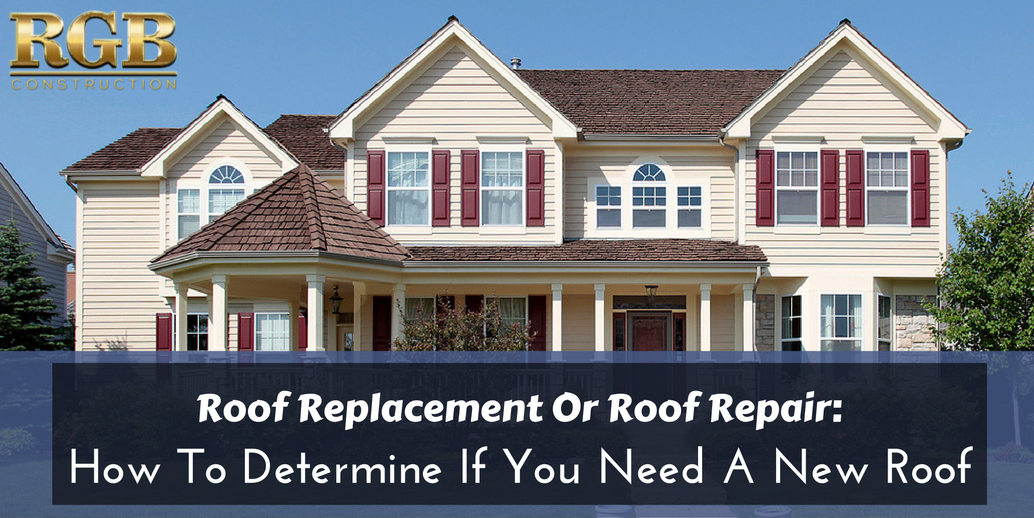Roof Replacement Or Roof Repair—how do you know which is the right move for your home? If you’re facing leaks, missing shingles, or storm damage in South Jersey, this guide will help you make a smart decision.
Roof Replacement vs Roof Repair: What’s the Difference?
Understanding the difference between roof replacement or roof repair is the first step in making an informed decision.
| Feature | Roof Repair | Roof Replacement |
|---|---|---|
| Scope | Fixes a specific problem (e.g., leak) | Replaces the entire roofing system |
| Cost | Lower upfront cost | Higher initial cost, better long-term ROI |
| Time to Complete | Usually 1 day | 2–3 days depending on home size |
| Ideal for | Minor damage, newer roofs | Extensive damage, aging roofs |
Repairs are ideal for localized damage, while replacements are recommended when the roof’s integrity is compromised.
Signs You May Only Need a Roof Repair
If your roof is still relatively young and structurally sound, you might only need targeted repairs.
Common signs:
- A few missing or curled shingles
- Minor flashing damage
- Isolated roof leaks
- Light damage after a storm
- No attic moisture or sagging
Repairs are ideal for roofs under 10 years old with limited wear and tear.
Signs You Might Need a Full Roof Replacement
Sometimes, roof repair won’t cut it. Here’s when you should consider a full replacement:
Warning signs:
- Roof is 15–25+ years old
- Shingles are curled, cracked, or missing in large areas
- Repeated leaks or widespread moisture damage
- Granules from shingles clogging gutters
- Light coming through the attic roof boards
- Mold, mildew, or soft insulation
Read: What You Need to Know About Roof Water Damage »
How to Inspect Your Roof
Interior Inspection
Use a flashlight in your attic to check:
- Water stains on rafters or insulation
- Mold, mildew, or damp smells
- Light penetration through roof boards
Exterior Visual Check
From the ground or a window, look for:
- Bald patches or missing shingles
- Sagging areas on the roofline
- Damaged flashing or fascia
- Debris in gutters from granule loss
Bonus tip: Use binoculars or call us for a free inspection.
Roof Repair and Replacement Costs
Costs vary based on materials, square footage, and structural condition.
| Service | Average Cost in South Jersey |
|---|---|
| Roof Repair | $300 – $1,200 (depending on issue) |
| Roof Replacement | $7,500 – $15,000+ (for asphalt roofs) |
Insurance may cover replacement if the damage is storm-related. We’ll help you navigate the claim process.
See: Are 50-Year Shingles Worth It? »
Why a Professional Evaluation Matters
You might spot a problem—but only an expert can tell if you need a roof repair or full replacement.
At RGB Construction, our GAF Master Elite® status means we offer:
- Advanced roof inspections
- Access to GAF’s top roofing systems
- Enhanced warranties only available through certified contractors
Serving Cherry Hill, Haddonfield, Gloucester County, and surrounding areas
FAQs: Roof Repair or Roof Replacement
-
Q: What’s the most important sign I need a new roof?
- A: Age over 15 years + multiple leaks or structural issues.
-
Q: Can I replace just one part of the roof?
- A: Sometimes, yes, but color and material mismatches may occur.
-
Q: Is roof replacement tax-deductible?
- A: It may qualify under home improvements. Ask your tax advisor.
-
Q: How often should I inspect my roof?
- A: At least once a year and after every major storm.
Free Roof Inspections in South Jersey
Don’t guess—get expert guidance. RGB Construction offers free roof evaluations to help you decide between roof replacement or roof repair.
Call 856-264-9093
Serving South Jersey: Cherry Hill, Deptford, Washington Township
Request Your Free Roof Inspection »
Final Thoughts from RGB Construction
At RGB Construction, Excellence isn’t just the goal—it’s the standard. Whether your roof needs a minor repair or a complete overhaul, our team is here to protect your home, your investment, and your peace of mind.
“We don’t just fix roofs. We build trust—one shingle at a time.”







